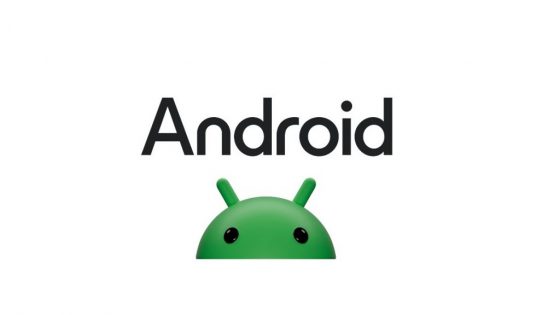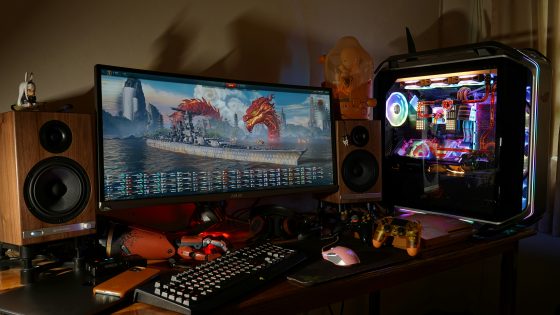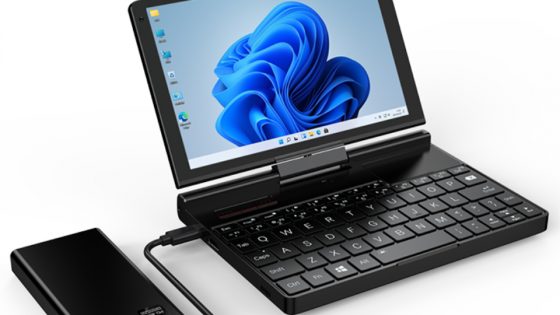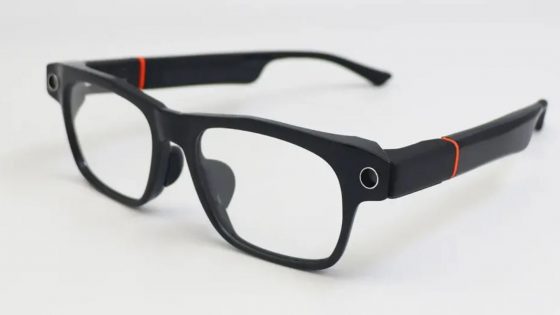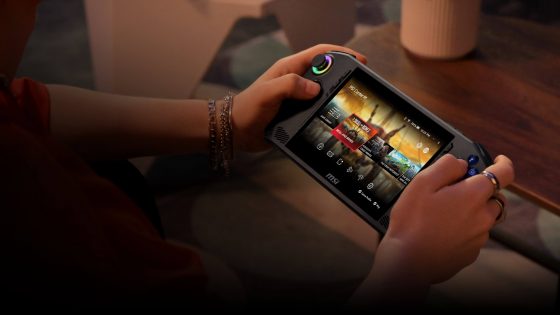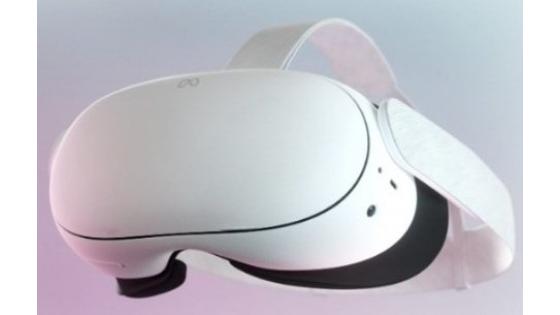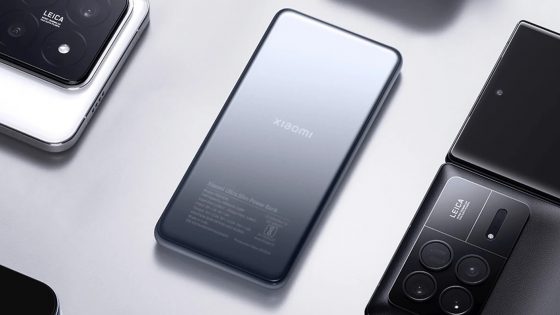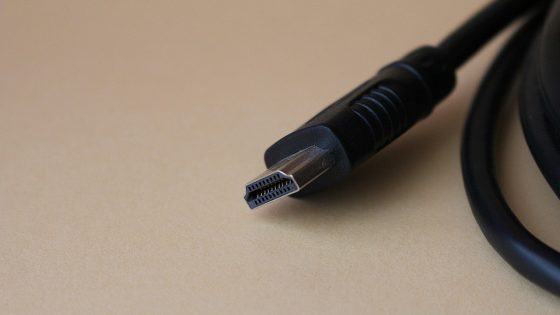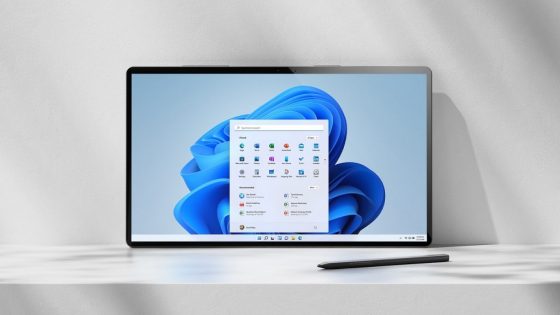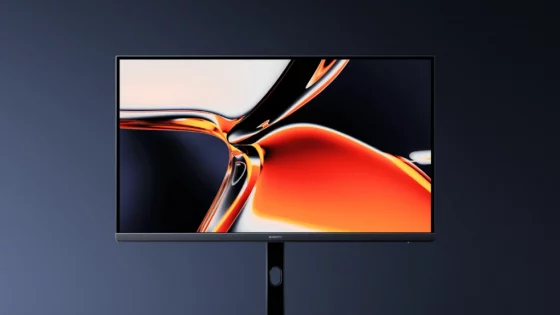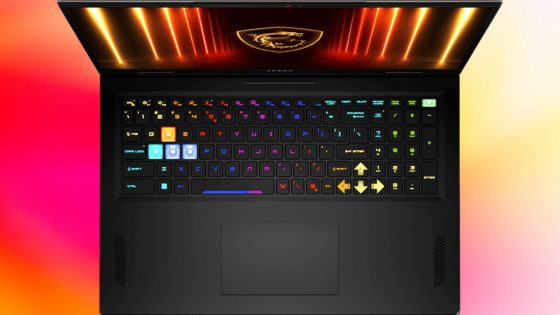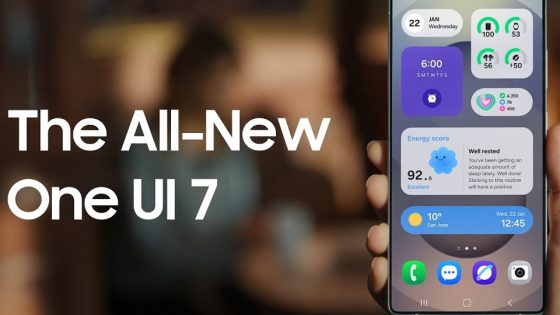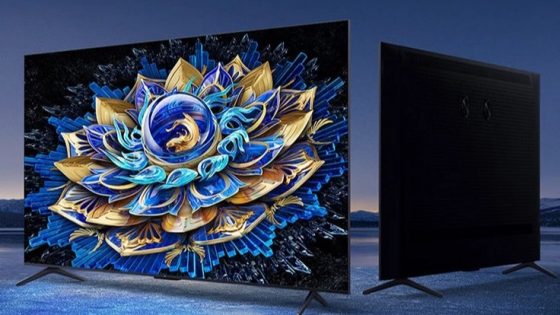Test: Sonos Ace - there are many rivals, but it stands up to them decently
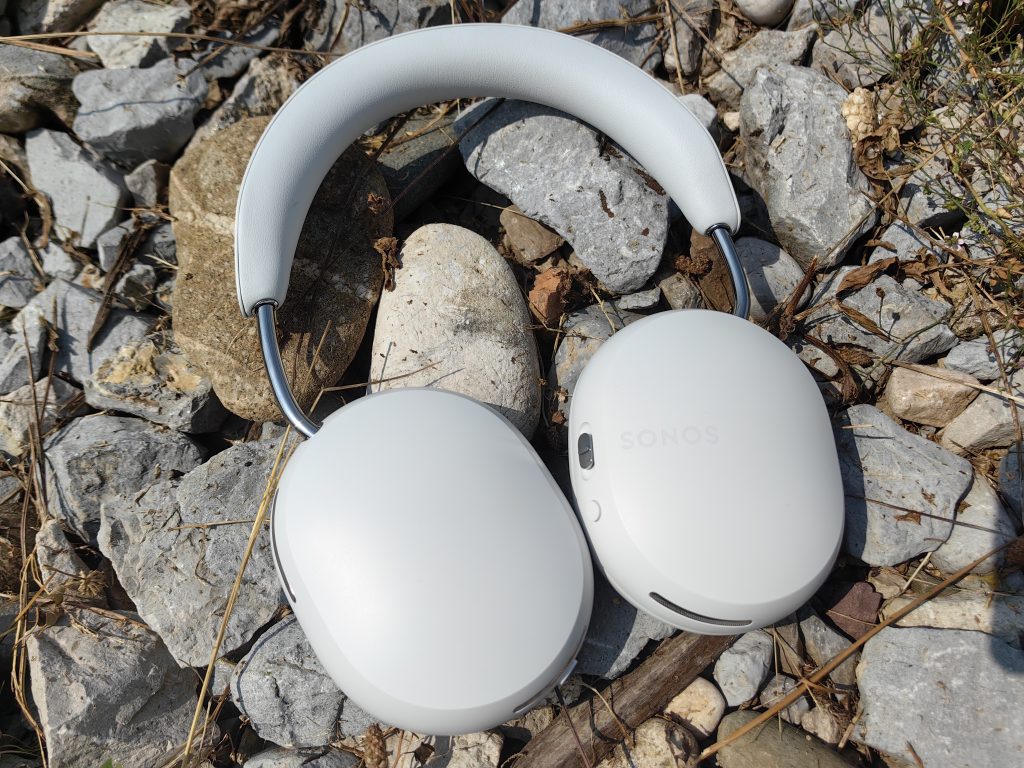
What they are known for in the speaker segment has also been carried over to the Sonos Ace headphones. The minimalist design is spiced up just right with an aluminum frame that extends from the ear cups. It shares some similarities with the strongest competitor, the Sony WH-1000XM5 (test is in preparation), but they have added just those elements that will make them easily recognizable. First, the color, where they reportedly tried 20 different shades of white before finding the right one. The color is the same everywhere, only the right earpiece was painted pearl green, I guess so that you can immediately identify the arrangement of the earpieces.
They are not heavy, but they are not the lightest either. The scale shows 312 grams, which is less than, for example, Apple's AirPods Max, and a good 50 grams more than Sony's. However, it remains comfortable to wear. For example, when I watched two episodes in peace with them The Boys, I had no feeling of a heavy head or tightness around the ears. The memory foam on the ear cups is very pleasant, it is also wrapped in vegan leather. After a good two hours of watching, my ears felt warm, it didn't quite turn into a feeling of discomfort, but it was close. The material could breathe better.
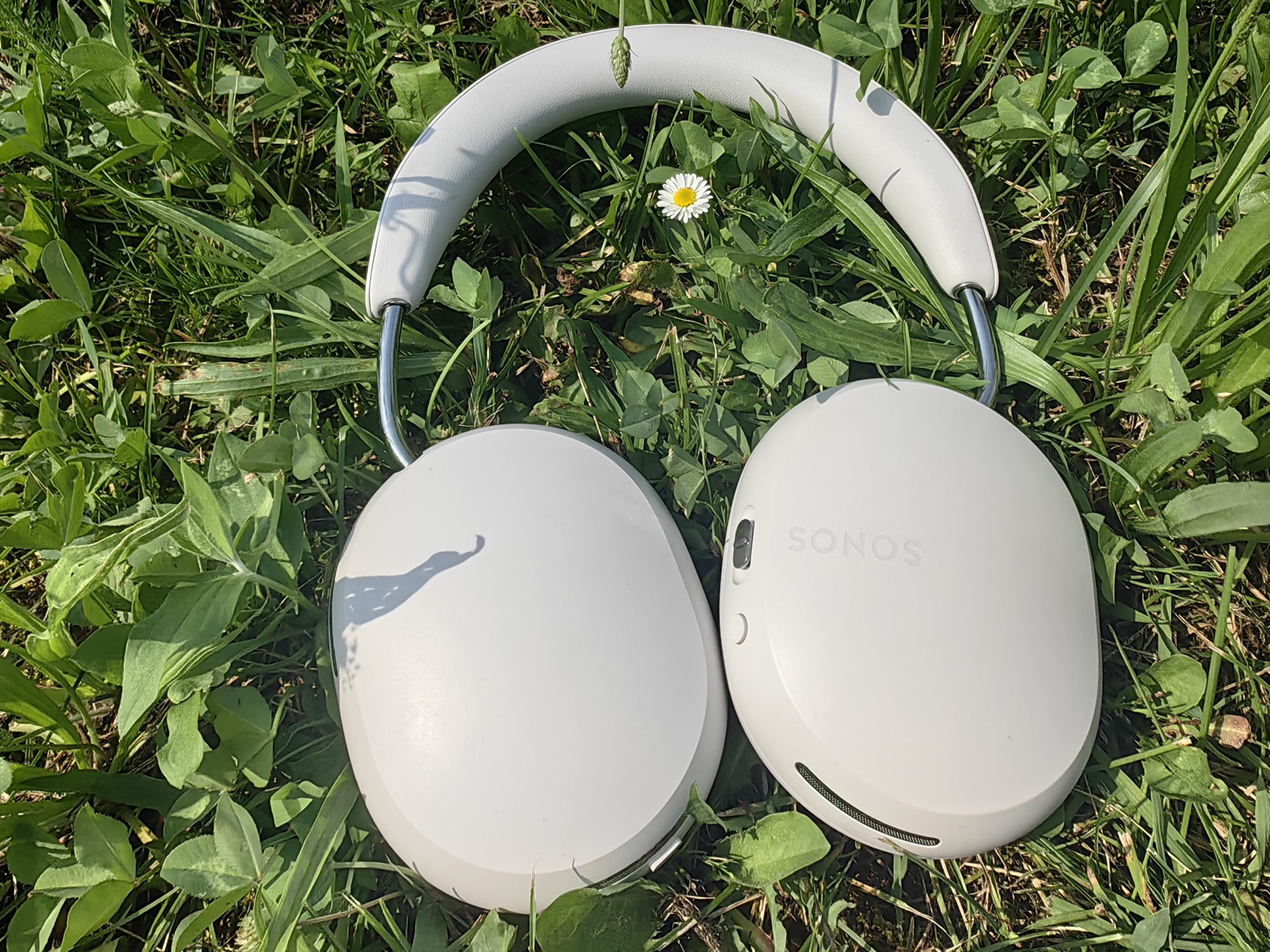
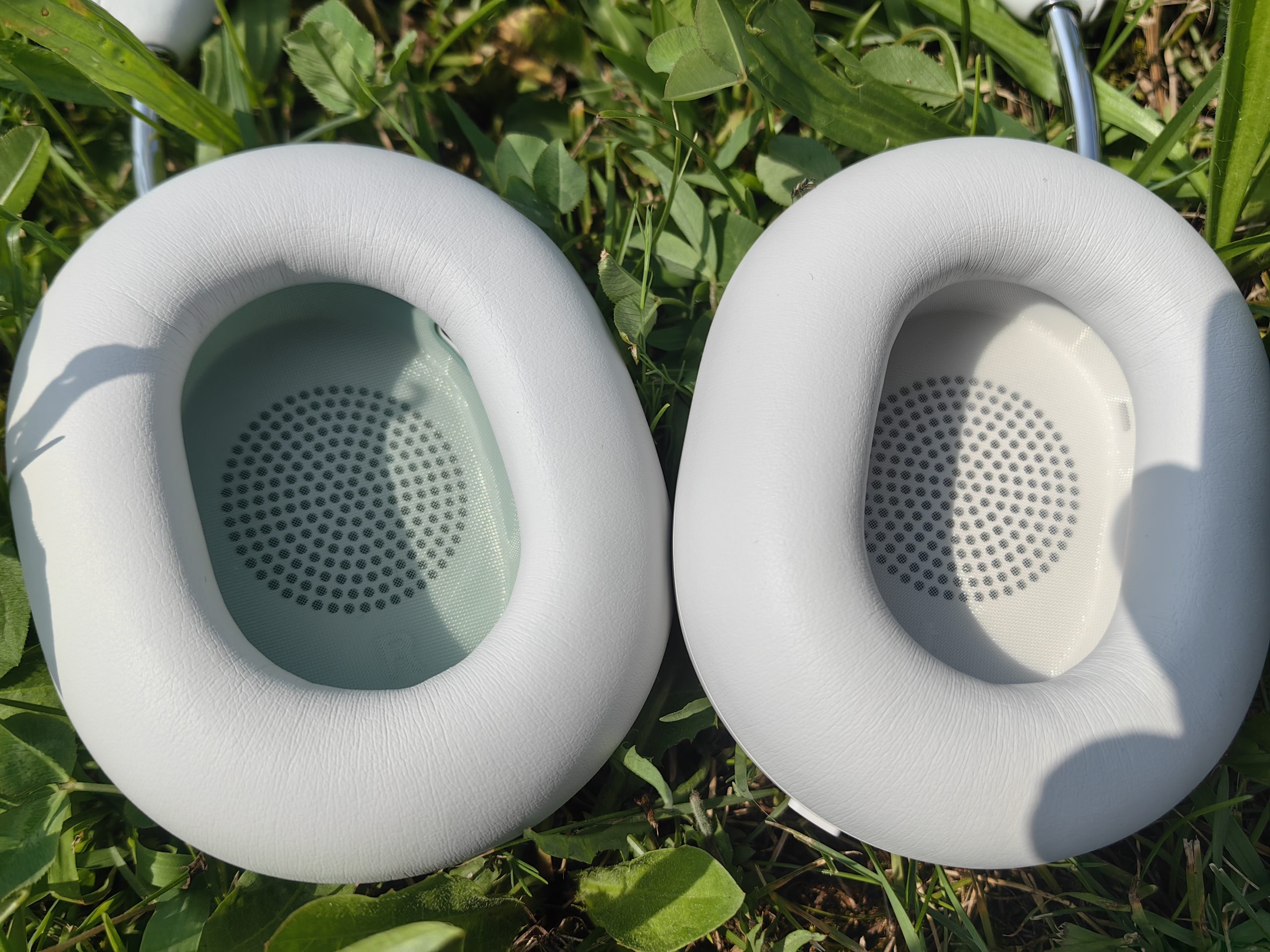
I was afraid that the memory foam on the frame would not be thick enough, but in my case it was enough. I didn't feel any discomfort on my scalp. I have also tested them using glasses and can confirm that they do not press on the frame of the glasses.
The cups' housings are also very pleasant to the touch, the frames are held by magnets, so they are easily removable. They have a coating that prevents fingerprint smudges from lingering, and are also the scene of the only graphic element on the headphones - the Sonos logo, which is sometimes hard to see, you have to look at it from a certain angle to make it shine. Which at least I really like, because the overall look is more elegant.
On the left earpiece there is a button for powering on and Bluetooth pairing, on the right there is a button for switching between transparent mode and canceling sounds from the surroundings. The multifunction button/slider is a piece of genius. It is used to control the volume (slide up and down) and skip a track (two clicks) or return to the previous one (three clicks). Click to answer a call or pause the music. The music stops automatically even when the headphones are taken off the head.
If you hold down the button, you turn on the TV Swap function. TV Swap is a function for changing the audio source. For example, if you have a Sonos speaker connected to your TV, you can freely switch between the phone and the speaker with TV Swap. At least that's how it should work in theory. For now, the feature is only available to iOS users, and currently only the Sonos Arc speaker is among the compatible devices, and not, for example, the cheaper Sonos Beam (Gen 2), which we tested and is sufficient for most users. Also, TruePlay is only available to iOS users.
If you still want to use TV Swap on Android, there's a trick. You will need an iPhone or iPad, on which you will install the Sonos app and set up the TV Swap function. Then connect to your Android phone and you can normally switch between the sound from the TV and the phone with the button on the headphones. You only need an Apple device for the initial setup.
Sonos says the rest of the speakers will be added by the fall, with true Android compatibility in the coming months as well.
You also get a convenient travel case, and inside a small magnetic pocket with a USB-C cable and a USB-C - 3.5 mm adapter.
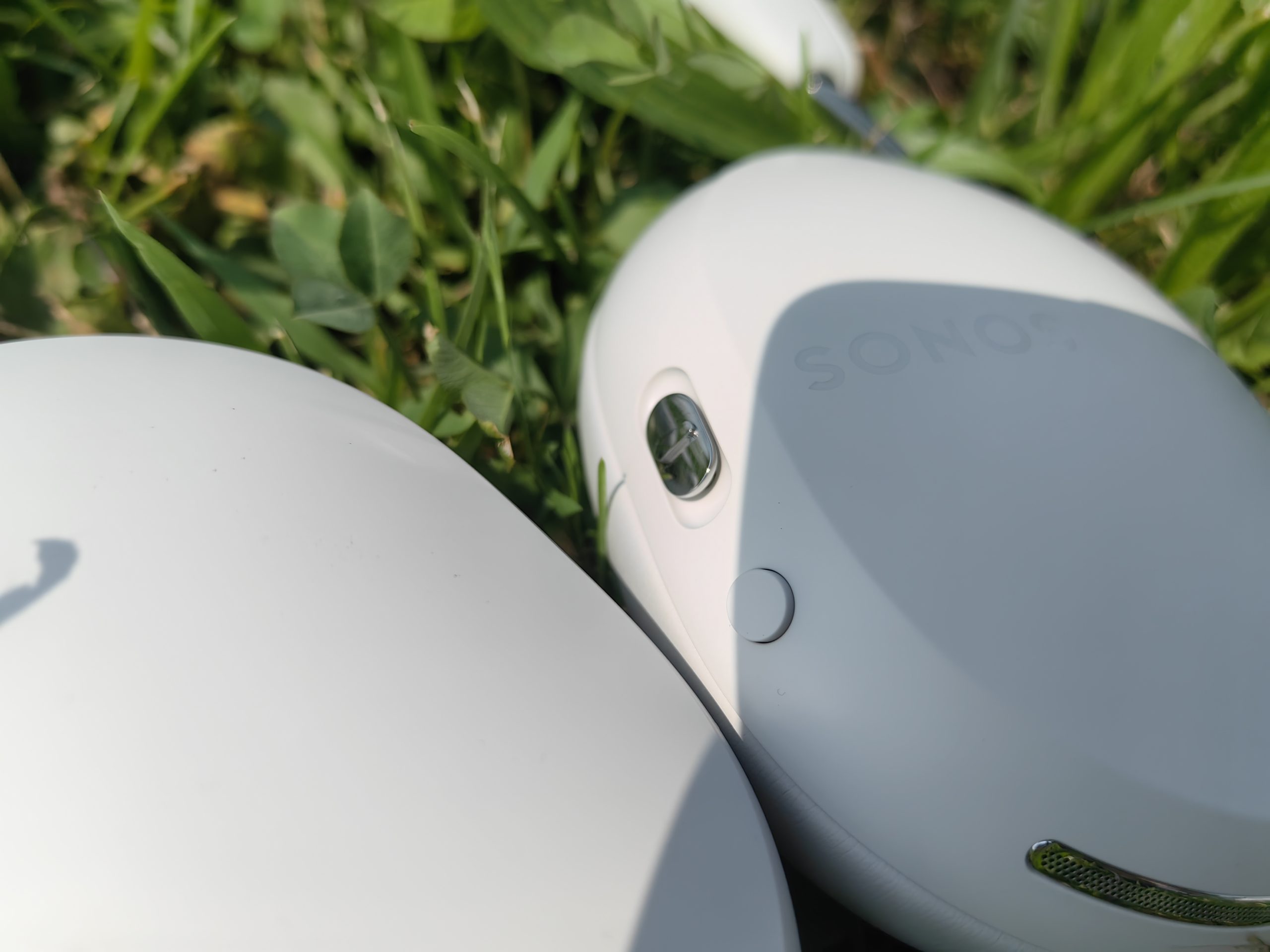
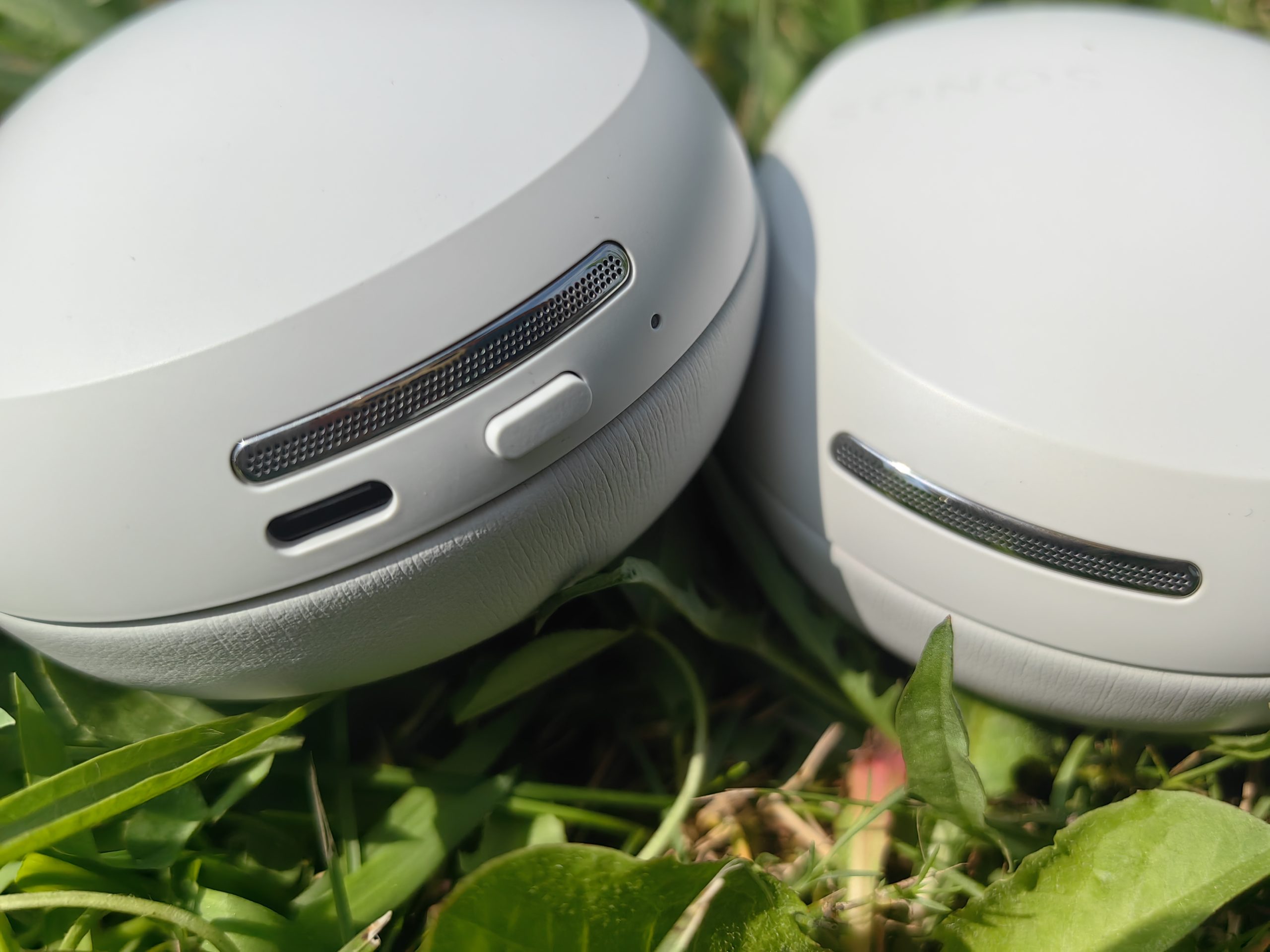
Sonos Ace - key technologies and features
They connect via Bluetooth (5.4), there is also a built-in Wi-Fi chip, which is only used for connecting to Sonos speakers. If you have a device that has a suitable Snapdragon chip, you will be able to enjoy lossless sound. This applies to both Bluetooth and USB-C connectivity. Which devices are supported? There aren't many phones with a proper Snapdragon Sound chip, no Samsung, Honor and Huawei phones on the list. The closest phones to us that support the mentioned technology are the Xiaomi 14 and 13 series. There are also some ASUS, Sony and Nubia phones on the list.
The battery is good, at the level of competitors or even better. With Bluetooth and ambient noise cancellation on, you can expect around 30 hours of use, very similar to what I recorded on the Sonys as well. But it can be charged in a few minutes for several hours of use, which is a very important gain for me, because I often forget to charge the headphones in time. If you use them in conjunction with a Sonos speaker, the battery will drain faster. Unfortunately I can't say how much because I didn't have a chance to test the connection.
Sonos Ace can connect to two devices at the same time, and switching between them is very fast and reliable.
Surround sound that adapts to our head movement is available wherever there is support for the Dolby Atmos standard, for example on Tidal and Apple Music platforms. You can turn it off in the Sonos app, where you can adjust bass, treble, balance, volume, and more. You can also turn ANC off or on, but it is not multi-level. You can just turn it on/off or switch the headphones to transparent mode. The app was recently redesigned, which caused quite a bit of resentment among users, either because of the new design or missing features.
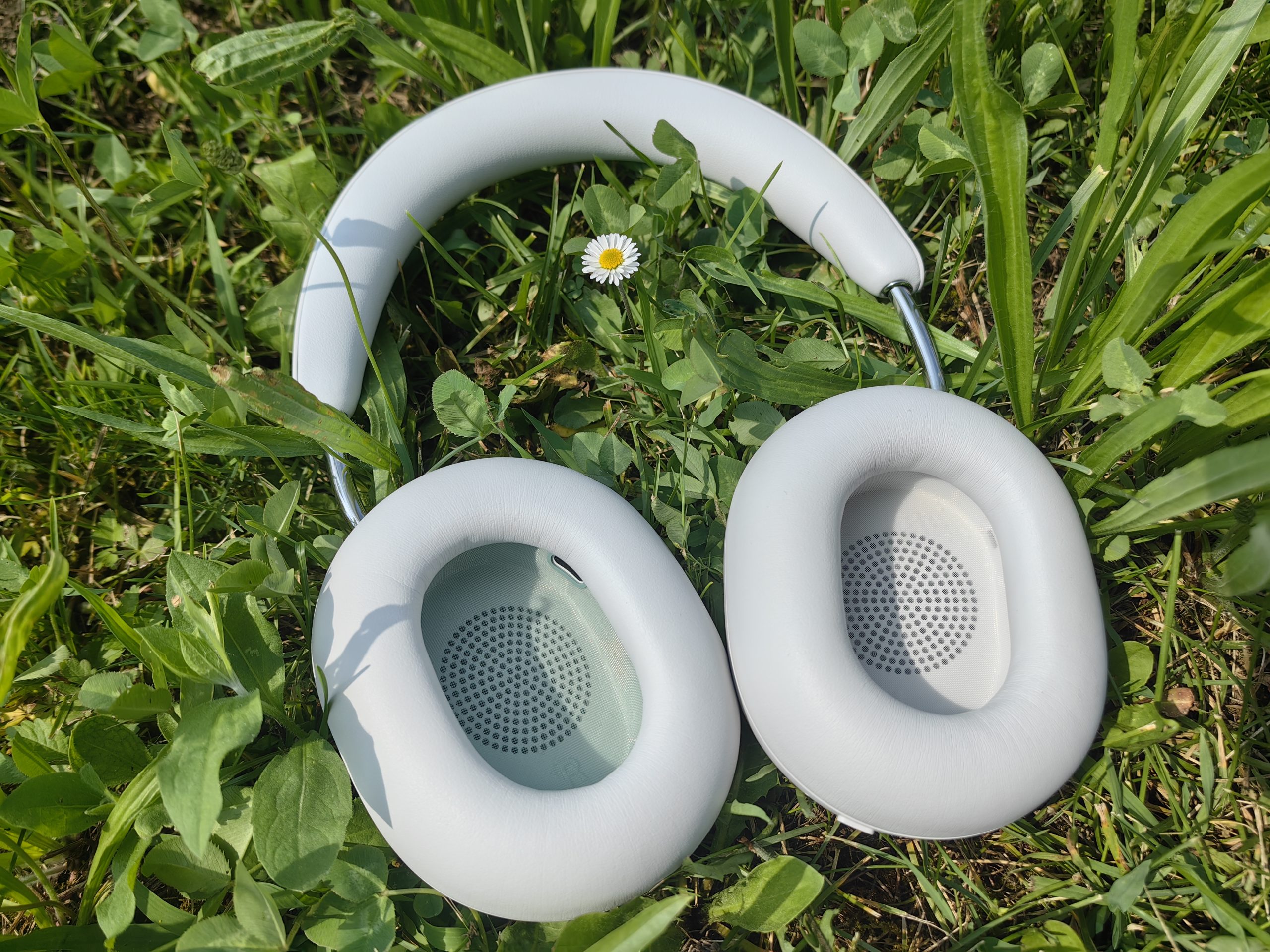
What's the sound like?
I started more calmly with the composition You're not Alone (Astraea). The delicate, soothing sounds that embrace you are fantastically balanced. The mids and highs are nicely defined and while there isn't much bass, it sounds good for the split second it does appear.
I took a big leap out of bliss. Metal band Deftones and their song Change is a completely different spectrum of music. The raspy vocals really stand out, as they should, and the accompaniment is also very well exposed. The lows are lost a bit here, I was expecting a more punchy feel. Even at Iris (Goo Goo Dolls) for example, the vocals are clear, melodic and full of detail, but I miss that explosive feeling before the chorus.
Even with other songs, I was generally satisfied with the sound quality, even while watching series and movies, only the low tones seem just average to me.
The Sonos Ace has four microphones on each earpiece for ANC and ensuring clear sound during calls. ANC works well, it isolates you nicely and makes you feel like you are alone in the room. In noisier environments, however, it seemed to let more sounds through its enclosure than, for example, the Sony headphones. The sound is fine during a phone call. It's not the best, my voice was always clear in most cases, but the interlocutors mentioned that sometimes they hear a lot of noise from the surroundings.
They really didn't have an easy task, but...
… for the first generation, the Sonos Ace are very good headphones. They are a feast for the eyes, extremely well made, the design is well thought out, especially the control button, the overall sound quality is at a high level, but it "disappoints" in the bass, the sound during calls and in some functions that are not yet fully finished, for example TV Swap.
I also think the price is too high (€499). They are cheaper than Apple's, equal to the Bose QC Ultra and more expensive than the Sony WH-1000XM5, which are available for around €350.
But I want them to continue in this direction. They know what they need to improve and I believe they will listen to their users and fix the shortcomings in the second generation.



